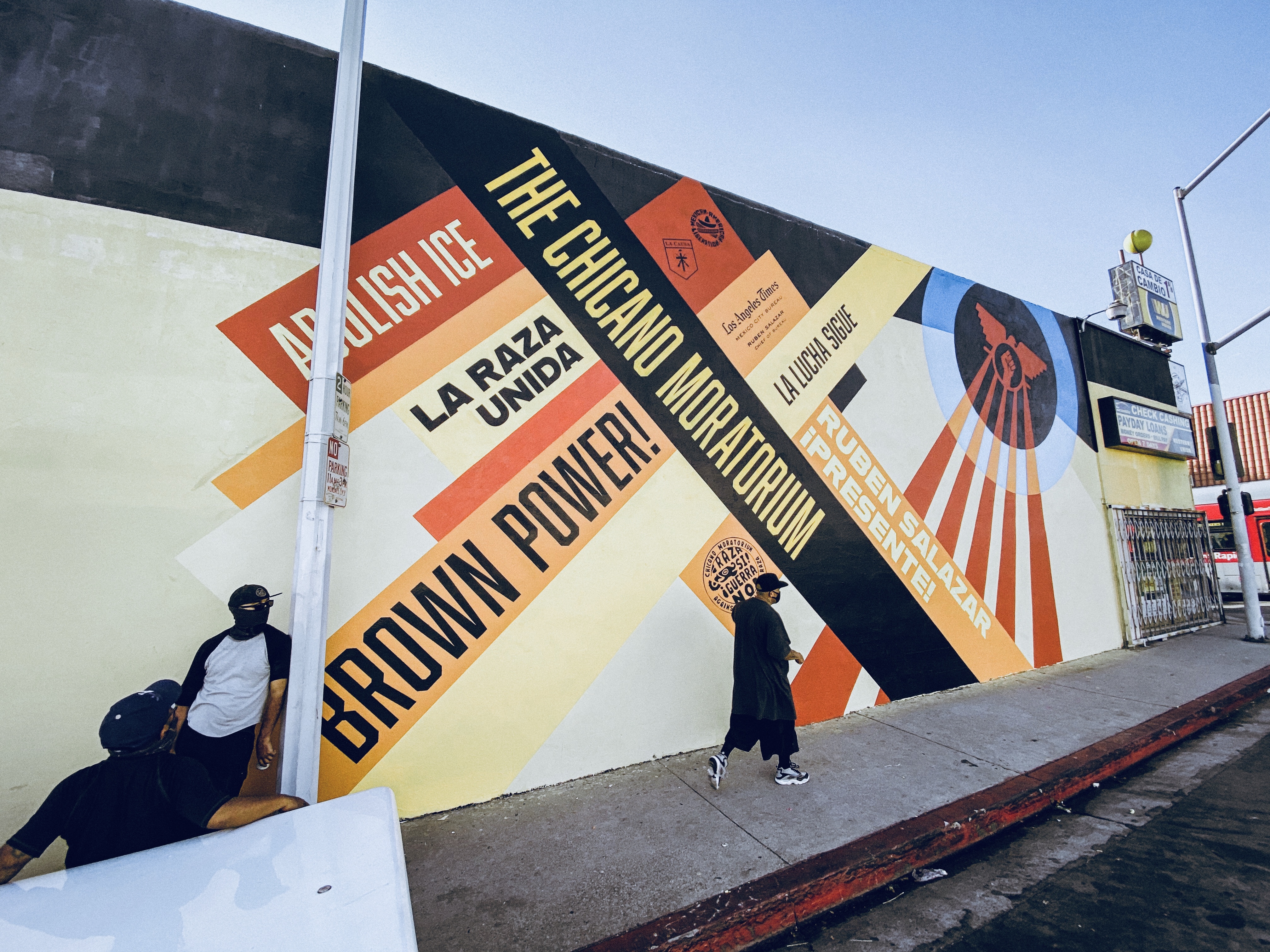On Aug. 29, 1970, journalist Ruben Salazar covered a protest against the Mexican-American casualties in Vietnam. The peaceful gathering in East Los Angeles—known as the National Chicano Moratorium Against the Vietnam War—had about 30,000 folks in attendance. Three people, including Salazar, died that day. Police arrived after reports of vandalism, and Salazar was struck by a tear-gas projectile fired by a deputy.
The 42-year-old native of Ciudad Juárez, Mexico grew up in El Paso, Texas. He was a Los Angeles Times reporter, considered the first Mexican-American journalist from mainstream media to cover the Chicano community. He was also the first Latino columnist for the LA Times and their first international correspondent and foreign bureau chief.
As the 50th-anniversary approaches, filmmaker Phillip Rodriguez is joining forces with media and educational organizations to honor Salazar’s work through a social impact campaign. They’re hosting a virtual screening of filmmaker Rodriguez’s award-winning documentary Ruben Salazar: Man in the Middle along with a live discussion and Q&A on Saturday, Aug. 29 from 5 – 7 p.m. PT. Registration is free.
“History is a way for us to defend ourselves against white supremacy’s attempt to erase us. We must insist on our history so that we are not continually subject to the narratives of others whose interests are not compatible with ours.” Rodriguez tells Remezcla. “The story of Ruben Salazar is a very deeply rich, resonant, meaningful story for his time and ours. Los Angeles, contrary to the popular perception, has a very real, though neglected history. This is one of the great stories in that history.”
The campaign is meant to encourage timely conversations about newsroom diversity, free speech, media representation, political activism and the significance of this seminal event in Latino/American history and its relevance today. Panelists include U.S. Congressman Joaquin Castro, writer, educator and Remezcla columnist Myriam Gurba, L.A. Times writer Daniel Hernandez and more. LA Mayor Eric Garcetti and activist and actor Edward James Olmos will be on hand for opening remarks.
The weekend also includes the dedication of a mural in East Los Angeles in honor of Salazar and the movement. The mural was created by 3B Collective—a group made up of five Latinx artists and designers who met as undergraduates at the University of California, Los Angeles (UCLA) and came up with the name because they called them “beautiful brown brothers.”
“50 years after the Chicano Moratorium we are still facing many of the same injustices in our community and if we do not learn our histories and more importantly learn from them then 50 years from now we will still be fighting them,” 3B member Oscar Magallanes tells Remezcla. “We hope that this mural is both a homage to Ruben Salazar and a testament to the energy that brought out those 30,000 community members in 1970 and that continues to flow through us now in this new era of the civil rights movement.”
